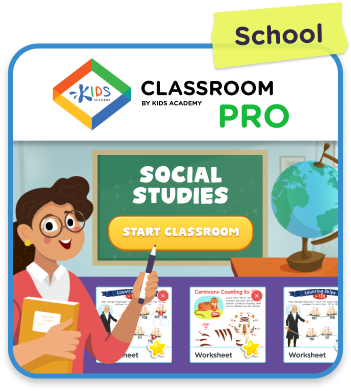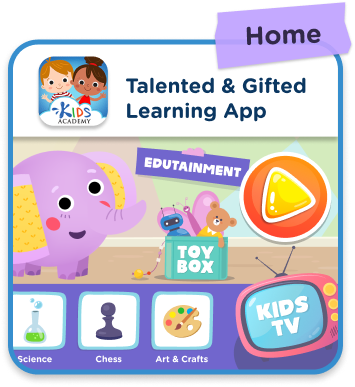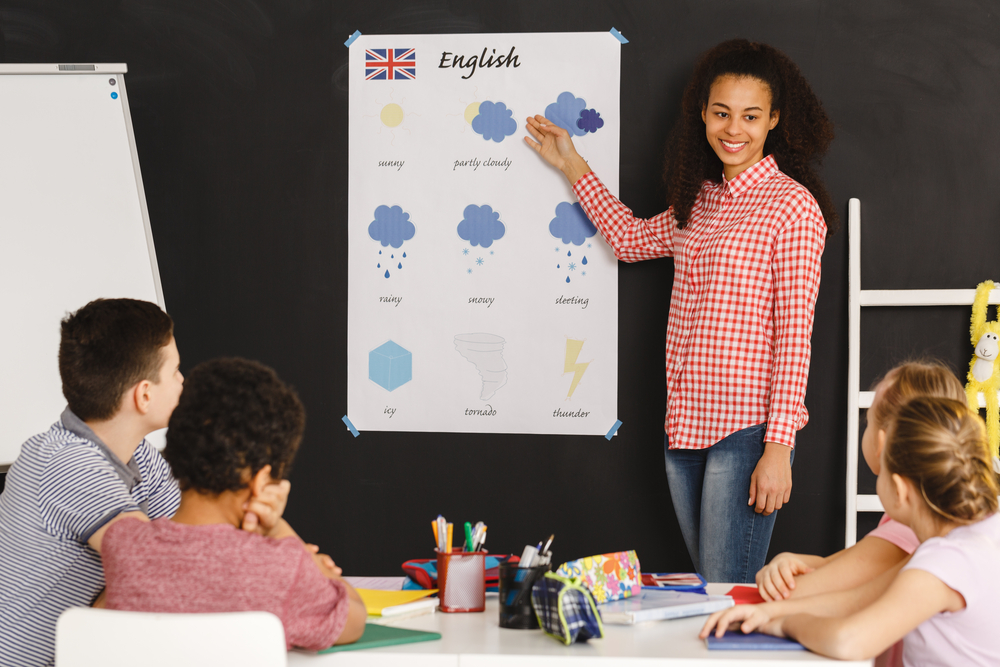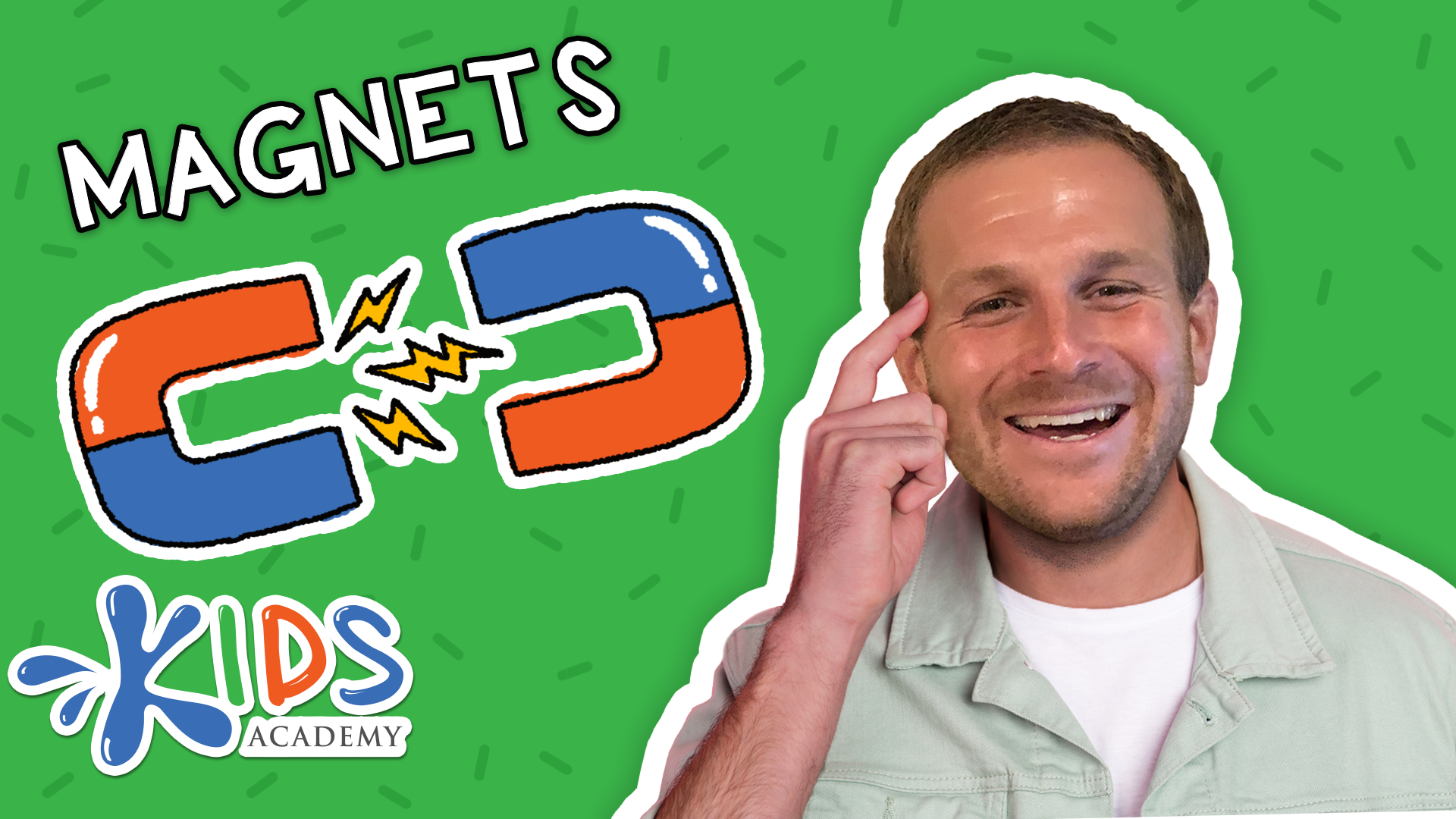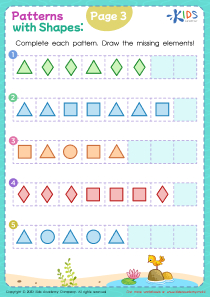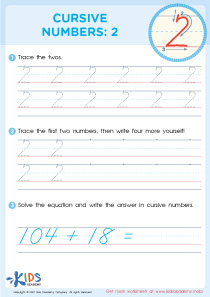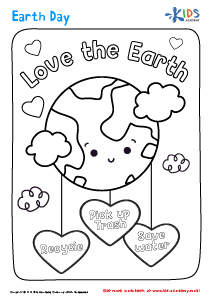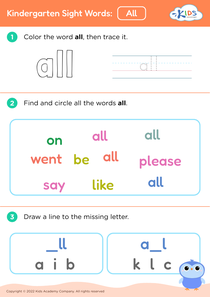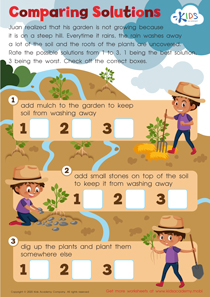Homophone understanding Worksheets for Kids
2 filtered results
-
From - To
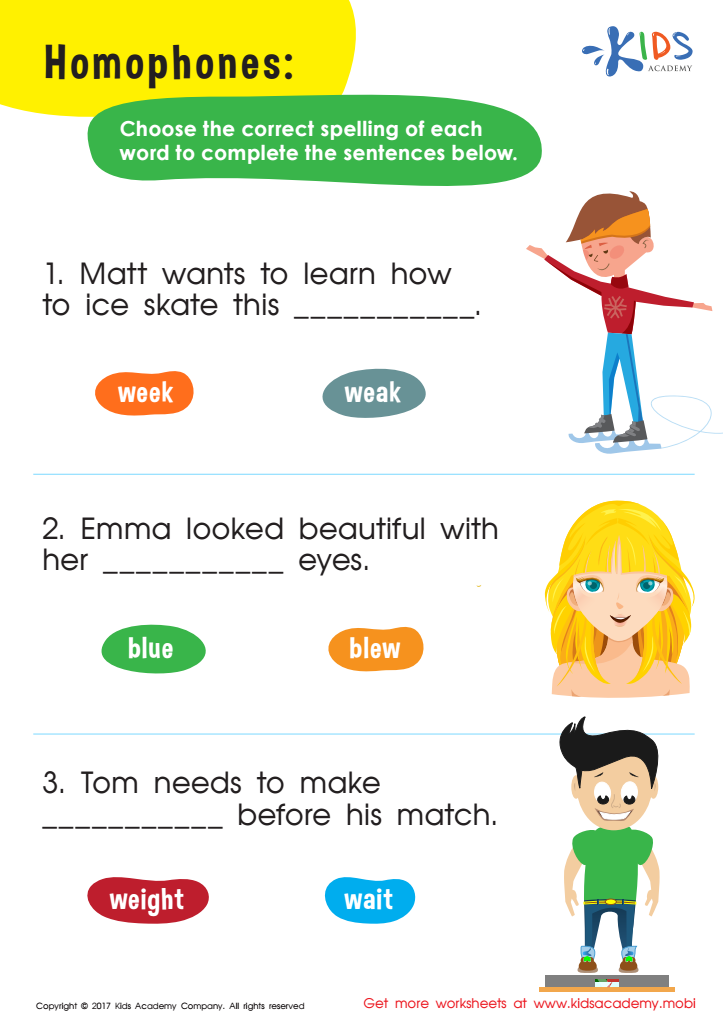

Homophones Ate/Eight Spelling Worksheet
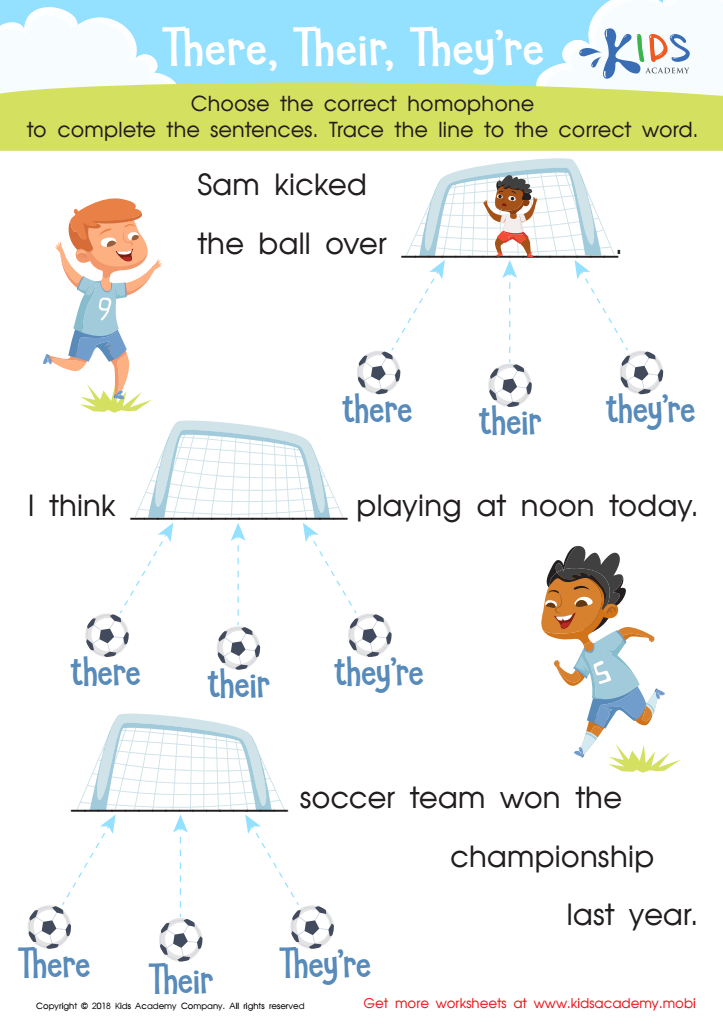

There, Their, They're Worksheet
Question/Answer
How does the mastery of the Homophone understanding skill affect a student's performance at an early age?
Mastery of homophone understanding at an early age significantly enhances a student's reading and writing skills. It aids in vocabulary expansion, improves spelling accuracy, and boosts comprehension. Recognizing and correctly using homophones also help in refining communication skills, both verbal and written, thereby positively affecting overall academic performance and linguistic proficiency at a foundational level.
How to test a Grade 3 student’s Homophone understanding skills?
To test a Grade 3 student's understanding of homophones, create a quiz with sentences missing words, and provide homophone options (e.g., "The cat chased its ___. (tail/tale)"). Alternatively, ask students to match homophones or use them correctly in sentences they write. Include a mix of familiar and new homophones to assess both recall and application skills.
What are some effective activities to train students’ Homophone understanding skill when teaching them about Grammar?
Effective activities to train students in Homophone understanding include: creating and solving homophone crosswords or word searches; engaging in homophone matching games; writing sentences or short stories using homophones; conducting homophone scavenger hunts in reading materials; and playing homophone bingo. These interactive and fun activities help reinforce the differences and uses of homophones in context, enhancing their grammar skills.

 Assign to My Students
Assign to My Students
